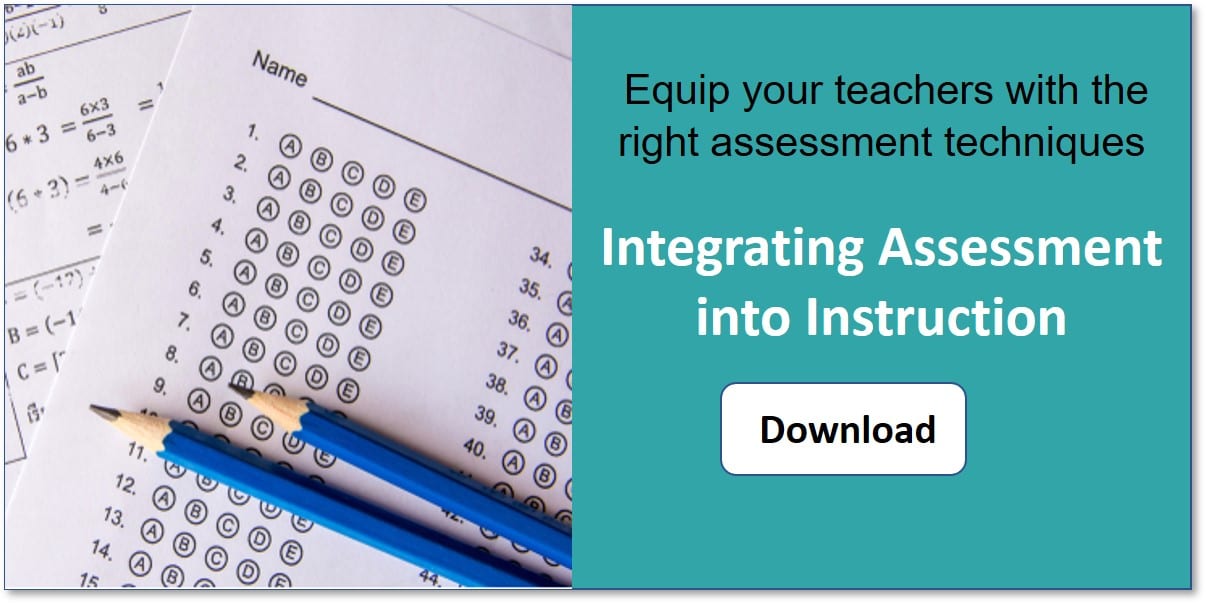1) Know the Standards
Whether you’re using the Common Core State Standards or another set of standards for assessment, the standards are the framework for your content delivery. You need to ensure the level of rigor is appropriate for your audience. Let’s say you’re developing a lesson involving mean and median for a high-school-level course. Merely finding the mean and median is actually a sixth-grade standard. By high school, students need to use these descriptors to compare the center and spread of two data sets, so your lesson content should assess the skill at this level.
2) How to Connect to Previous/Future Content
Remember that the content you develop does not stand alone. When writing a lesson or task, you need to examine the broader mathematical storyline. Consider what a student should already know before and use that as an entry point into a lesson. How can you build upon their background knowledge to help them better understand a new concept? For example, reviewing the concepts of addition/subtraction and multiplication/division as inverse operations might help algebra students better understand the inverse relationship between squaring a number and taking the square root of a number.
3) How to Think Like a Student
When it comes to designing and writing effective lessons and test items, anticipating student misconceptions is a must. Knowing what mistakes a student might make in solving a problem not only helps you structure the lesson to address those misconceptions, but it also assists you in assessing student understanding. For example, you can use common misconceptions to develop rich error analysis problems for students to evaluate on their own. This skill can be especially helpful to item writers when writing plausible distractors for multiple choice questions.
4) How to Make Math Real…
In designing content, you should strive to provide meaningful lessons and tasks for your audience to apply mathematical content. Using a disease simulation to hook students into a lesson on exponential growth not only gives them a real-world context to apply their learnings, but it also saves teachers from being asked, “When am I going to need to use this?” Applications are not the only way to make math come alive, however. In designing a lesson, think about visual representations or technologies that could enhance a student’s understanding of the content at hand.
5) …And When Not To
Sometimes a math content writer might try too hard to make a connection between a concept and a “real world” application. The purpose of a mathematical application is not only to make math meaningful, but also to help the student better understand a concept or relationship in a tangible manner. If you have to stretch the situation to make the math fit, there’s a good chance the application won’t add anything to the student’s understanding of the content itself. A quality mathematical application should be natural, not contrived.
6) Know Your Math
This may be the most important thing of all. Having a strong content knowledge is important in any discipline, but especially in mathematics. This doesn’t mean that you have to be an expert in Calculus. Whether you’re writing content for elementary math or AP Statistics, be a subject matter expert for your level.
New math course writers and seasoned veterans alike should keep these things in mind as they develop new content.





